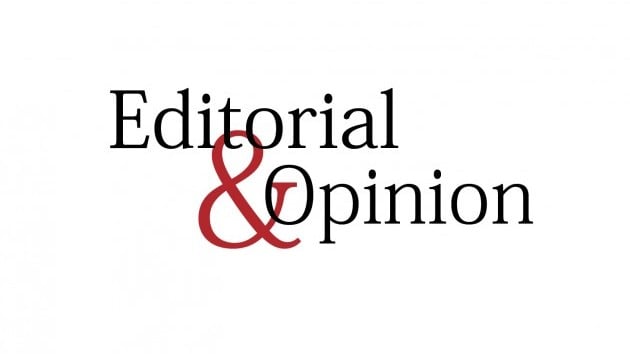
“World peace cannot be safeguarded without the making of creative efforts proportionate to the dangers which threaten it.” With these bold and ambitious words, the Foreign Minister of France, Robert Schuman, on 9 May 1950, introduced his call for tackling the forces that had devastated Europe and inflicted destruction at an unknown scale across the world. Today, his creative suggestion might sound bureaucratic and technical: the pooling of coal and steel production of France and Germany. But five years after the end of the Second World War, the proposal to put the heavy industry of the two largest countries of continental Europe under a common authority was truly visionary. Breaking with traditional policies, the Schuman Declaration of 1950 is a first of a long series of steps towards increased integration on the European continent.
Nobody knew the path this European integration would take. But Schuman knew, or hoped, that one step would lead to another. “Europe will not be made all at once, or according to a single plan.” But at every stage, decision-makers took the courage to take one further step, driven by the shared understanding and vision that after centuries of local, regional and finally world wars, progressive cooperation and integration was needed to prevent war and conflict from returning to the continent. Against the economy of war, Schuman’s vision was that economic cooperation “may be the leaven from which may grow a wider and deeper community between countries long opposed to one another by sanguinary divisions”.
Since 1950, more and more countries from the West, the East, the South and the North of the European continent have joined the project of integration. With the economic and political association, the people of Europe have come together. Every year, thousands of students spend a year at a university in another European country. Countless long-lasting friendships emerge from this experience. In adjoining regions, it has become part of daily life to work, live, shop, go to school, meet friends on one or the other side of the border. Companies hire workers, find partners and clients from across Europe.
South Asia, despite its shared history and heritage, is, according to analysts, one of the least integrated regions of the world. Looking at satellite imagery of the subcontinent, the geography is striking: While the mighty Himalayas stand as a barrier in the North, the Arabian Sea means easy access across the region and towards the world. Plains stretching over thousands of kilometres from East to West invite for connectivity from Iran to South East Asia. Nobody can deny the immense potential of the subcontinent’s common future. Although European integration is not a one-size-fits-all-solution, from the perspective of a European, for whom reconciliation, cooperation and integration have become part of decades of experience, a lot of potential could be unfolded in the subcontinent to the ultimate benefit of every citizen.
Since its humble beginnings in 1950, the European Union has grown both in terms of the depth of the integration and the number of countries and people that are now citizens of the Union. Mobility within the continent and migration from beyond have further increased the cultural and linguistic diversity. In the EU, there are 24 official languages and numerous regional languages and dialects testifying to the diverse history and identity of each country. Only a few days before Europe Day, millions of Muslims in the European Union celebrated Eid-ul-Fitr. For us, the diplomats of the EU and of 16 EU Member States, the diversity of Pakistan resonates with our experience of Europe. Both the European and the Pakistani flag might be made only of two colours each, but they represent a rainbow of languages, cultural and religious practices and identities.
The step-by-step process of European integration has not been and is not without challenges. In order to ensure that all Member States are on board and that bigger ones cannot dominate over smaller ones, the consensus principle defines most of the decision-making. It sometimes means that bold visions preferred by some need to be trimmed down to match the expectations and interests of all Member States. The 705 members of the European Parliament also play a crucial role to ensure that the citizens’ will and concerns are heard and taken into account in the EU decision-making process. At the end, the ideas about how to live, and how to tackle the challenges we face, evolve over time, with divergences and disagreements emerging within Member States and between them. But it is above all in times of crises, such as the Covid-19 pandemic and the Russian aggression against Ukraine, in the heart of Europe, when Europeans understand that, despite all difficulties, we have to work together, show solidarity, fend off tendencies, which try to sow mistrust and tension. United in diversity, we are stronger together.
The write-up is co-authored by the Chargé d’Affaires of the European Union and the Ambassadors of Austria, Belgium, Bulgaria, Czech Republic, Denmark, France, Germany, Greece, Hungary, Italy, the Netherlands, Poland, Portugal, Romania, Sweden and Spain.
Published in The Express Tribune, May 11th, 2022.
Like Opinion & Editorial on Facebook, follow @ETOpEd on Twitter to receive all updates on all our daily pieces.





1732626034-0/BeFunky-collage-(92)1732626034-0-165x106.webp)







COMMENTS (1)
Comments are moderated and generally will be posted if they are on-topic and not abusive.
For more information, please see our Comments FAQ